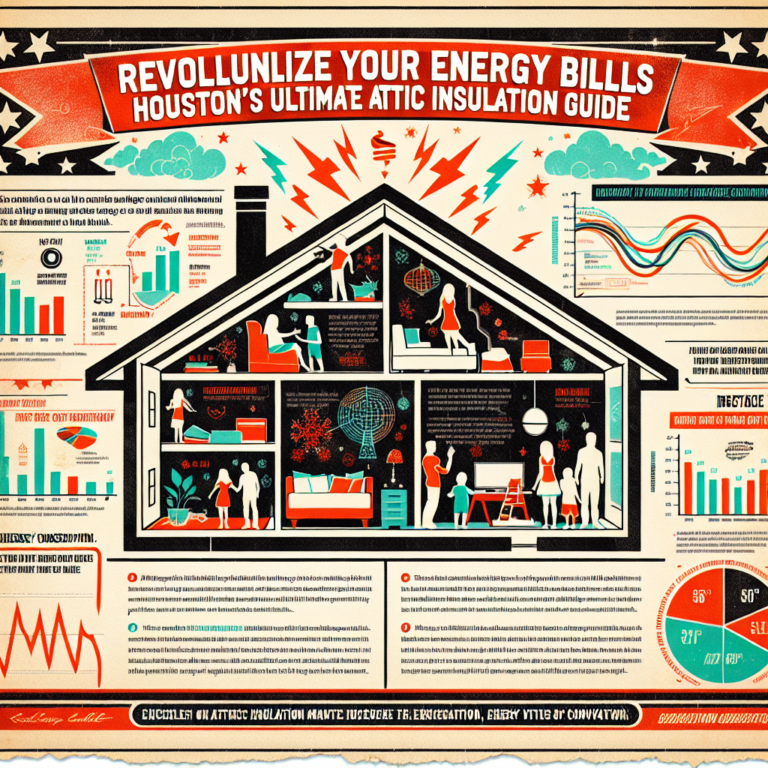Maximize Your Savings: The Cost-Effective Benefits of Blown-In Fiberglass Insulation in Attics
Introduction
Blown-in fiberglass insulation has become a go-to solution for homeowners aiming to cut energy costs and boost comfort. By injecting tiny glass fibers into attic cavities, this method creates a continuous thermal barrier that resists heat flow year-round. In this article, you’ll discover how blown-in fiberglass insulation delivers superior performance, long-term savings, and peace of mind compared to other attic insulation options.
H2: What Is Blown-In Fiberglass Insulation?
Blown-in fiberglass insulation consists of fine recycled glass fibers treated with a non-toxic binding agent. Installed using specialized pneumatic equipment, the loose-fill material fills every nook and cranny of the attic, ensuring an even layer without gaps or compression. The result is a uniform R-value—typically 2.2 to 2.7 per inch—that slows thermal transfer and reduces strain on heating and cooling systems.
H2: Benefits of Blown-In Fiberglass Insulation Over Cellulose
• Higher Moisture Resistance
Unlike cellulose insulation, which can absorb water and encourage mold growth, blown-in fiberglass repels moisture. This makes it ideal for attics prone to leaks or humidity.
• Consistent Performance
Cellulose tends to settle and compress over time, creating voids that compromise thermal efficiency. Fiberglass maintains its loft and R-value for decades, eliminating the need for frequent top-ups.
• Natural Fire Resistance
Fiberglass is inherently non-combustible and won’t fuel a fire. Cellulose must be chemically treated to resist flames, and those treatments can degrade, reducing protection.
• Ease of Installation
Blown-in fiberglass can be installed quickly with minimal disruption to living spaces. It requires no cutting or fitting of batts and can be applied over existing insulation layers.
• Environmental Benefits
Made largely from recycled glass, fiberglass insulation minimizes landfill waste. It does not off-gas volatile organic compounds (VOCs) and can be recycled at end-of-life.
H2: Cost Comparison: Blown-In Fiberglass vs. Cellulose Insulation
When evaluating attic insulation, up-front costs matter, but long-term savings often tell the real story.
• Material and Installation Costs
Blown-in fiberglass typically runs $0.50–$1.00 per square foot installed, whereas cellulose falls between $0.75 and $1.50. The streamlined installation process of fiberglass—no need for additional fire-retardant chemicals—helps keep labor expenses lower.
• Energy Savings
Both insulation types improve energy efficiency, but fiberglass’s stable R-value means homeowners enjoy sustained savings. Reduced air leakage and thermal bridging translate to up to 20% lower heating and cooling bills.
• Lifespan and Maintenance
Fiberglass insulation can last 50 years or more without settling, while cellulose may require re-fluffing or replacement after 20–30 years. Over a home’s lifetime, fiberglass often proves the more cost-effective choice.
H2: Why Choose Blown-In Fiberglass Insulation for Your Attic?
Investing in blown-in fiberglass insulation is a smart decision for several reasons:
1. Superior Thermal Performance – Fiberglass maintains its insulating power without gaps or cold spots.
2. Long-Term Durability – Once installed, it resists sagging, moisture, and pests, ensuring decades of reliable performance.
3. Quick, Non-Intrusive Installation – Crews can complete most attic projects in a day, often without moving furniture or cutting drywall.
4. Improved Indoor Air Quality – Fiberglass does not harbor mold, pests, or dust mites, contributing to a healthier home environment.
5. Enhanced Home Value – Energy-efficient upgrades are attractive to buyers and can boost resale value.
H2: Q&A About Blown-In Fiberglass Insulation
Q: Can blown-in fiberglass insulation be added over old insulation?
A: Yes. Adding a fresh layer of blown-in fiberglass over settled insulation restores R-value and seals air leaks. Ensure existing material is dry and free of mold before installation.
Q: How do I know if my attic needs more insulation?
A: A home energy audit or infrared scan reveals insulation gaps and heat loss. If your current R-value falls below local code recommendations—often R-38 to R-60 for attics—adding blown-in fiberglass can bridge the gap.
Q: Are there any health concerns with blown-in fiberglass?
A: Modern fiberglass insulation uses safe binders and poses minimal risk when installed by professionals. During installation, crews wear protective gear, and once settled, fibers remain trapped and inert.
Conclusion
By choosing blown-in fiberglass insulation, homeowners can maximize savings, bolster home comfort, and enjoy long-lasting performance. This cost-effective solution resists moisture, fire, and settlement while delivering consistent R-value throughout your attic. Upgrade your home’s thermal envelope today with blown-in fiberglass insulation and reap the benefits of lower energy bills and a more comfortable living space for years to come.












